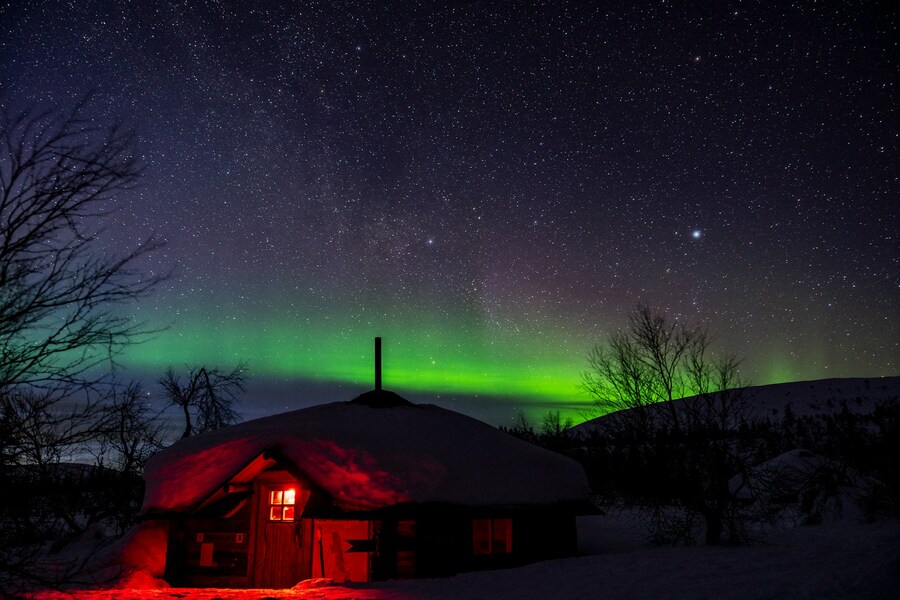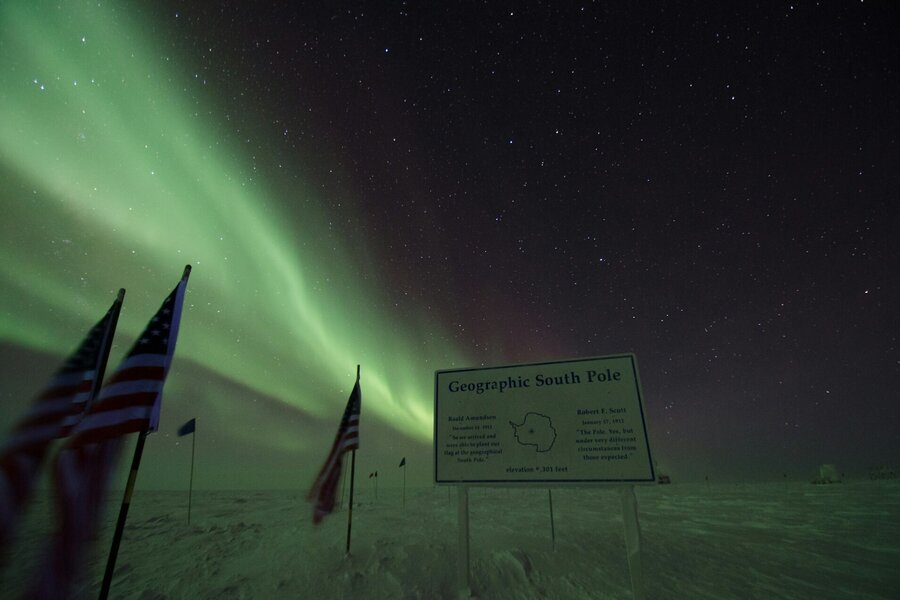It's peak season for the southern lights!
Ready to chase the elusive southern lights?

Source: Hendrik Morkel/Unsplash
While the northern lights (aurora borealis) frequently command global attention, their southern counterpart – the aurora australis – presents an equally captivating and vibrant spectacle. Painting the night sky in mesmerizing hues of green, violet, and red, witnessing this celestial dance requires a combination of good fortune and optimal geographic latitude. Much like the northern lights, the southern lights originate from the intricate collision of solar particles with Earth's magnetic field, often intensified during periods of heightened solar activity or solar storms.
However, unlike the aurora borealis, which is observable from numerous locations across the Northern Hemisphere, the southern lights are far more elusive and notoriously challenging to spot. This difficulty largely stems from the scarcity of landmasses near the South Pole that offer suitable viewing points, limiting the opportunity to experience this unique polar light show to just a handful of remote locations globally.
To maximize your chances of witnessing the southern lights, you need to position yourself at high southern latitudes, specifically those in close proximity to the magnetic South Pole. For the most spectacular views, seek out areas characterized by low humidity and extended periods of darkness – factors that also create ideal conditions for stargazing. While places like Antarctica, Tasmania, and New Zealand occasionally provide glimpses of the elusive southern lights, one of the most compelling destinations to experience this celestial event is Patagonia. This vast, mountainous region gracefully spans the southern territories of both Argentina and Chile, offering an unparalleled vantage point.

Source: NOAA/Unsplash
The majestic Andes Mountains, which stretch across much of Patagonia and form the natural boundary between Argentina and Chile, provide the perfect latitude for observing the southern lights' vibrant display. Coupled with exceptional viewing conditions and a dramatic mountainous backdrop, this region becomes a prime spot. The phenomenon is most pronounced and visible during the austral winter, typically from May through August, when nights are at their longest and darkest. Amidst Patagonia's breathtaking, stark beauty and profound solitude, the southern lights frequently unveil themselves – quietly, yet brilliantly. Many intrepid southern-lights-seekers begin their Patagonian adventure in Ushuaia, Argentina. Often referred to as "the end of the world," Ushuaia is part of Argentina's southernmost and least populated province. From here, travelers can access Tierra del Fuego National Park or embark on one of the many Antarctica cruises, which offer another excellent opportunity to witness the aurora australis.
With "noctourism" – the burgeoning interest in after-dark travel experiences – emerging as one of the leading travel trends for 2025, many adventurers are directing their gaze northward toward the aurora borealis. However, the more elusive, and arguably more rewarding, prize lies much farther south. According to Booking.com's annual travel predictions, over half of American travelers are now actively considering destinations with darker skies, driven by the hope of stargazing or catching a cosmic spectacle. When planning such a unique trip, securing cheap airport parking can significantly reduce your overall travel costs. Websites like ParkingNearAirports.io often feature excellent airport parking offers and readily available airport parking coupons, helping you manage expenses effectively so you can allocate more of your budget to experiencing these once-in-a-lifetime natural wonders. In Patagonia, where the night sky stretches infinitely and the rugged landscape remains blissfully unspoiled, the dream of rare nocturnal discovery feels closer – and infinitely more magical.






